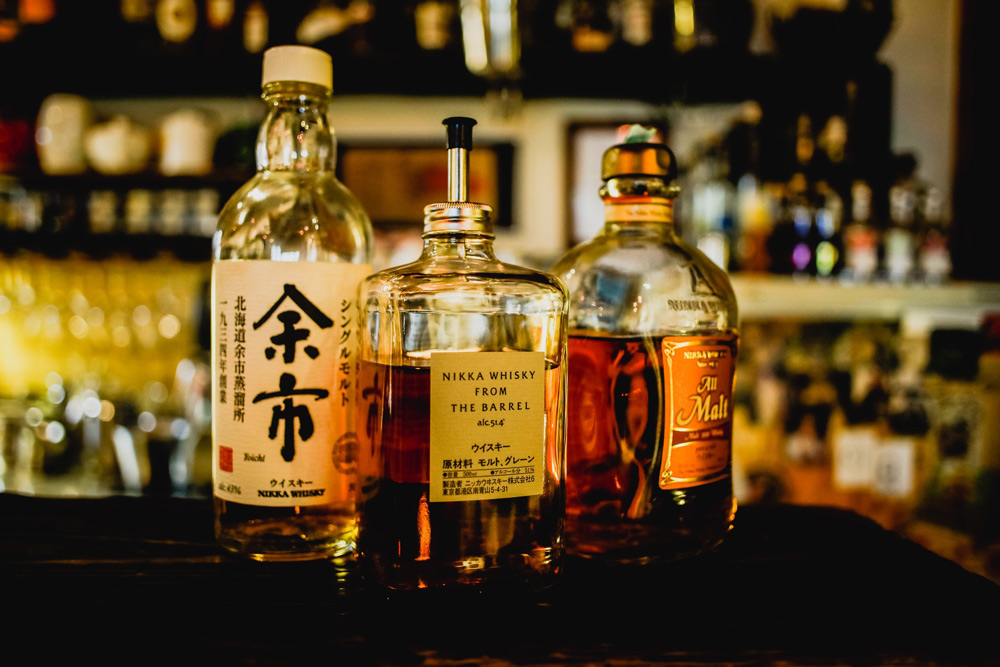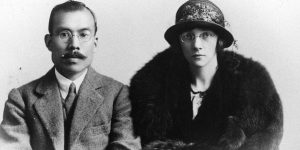
japanese whisky
A Brief History of Japanese Whisky
Masataka Taketsuru is the father of Japanese whisky.
Takestsuru was born into a family of sake brewers. In 1918, Masataka Taketsuru was sent to learn about whisky making from the best in the world – Scotland. He studied chemistry at the University of Glasgow and developed his malt whisky making and blending craft through apprenticeships. He learnt to make single malt whisky in Speyside, coffey grain whisky in Bo’ness and how to master blend whisky in Campbeltown. During this time, Taketsuru fell in love and married Scottish-born Jessie Roberta “Rita” Cowan.

Taketsuru returned to Japan in 1920 and started to collaborate with Shinjiro Torii. Taketsuru originally wanted to emulate Scottish whisky making in Hokkaido – a prefecture in Japanese with similar weather conditions Scotland. However, Torii suggested that Kyoto would be preferential as it was closer to Honshu markets. Together they built the first Japanese whisky distillery, Yamazaki, in 1923.
Not long after, in 1934, Taketsuru left the company and set out on his own. He followed his first instinct and created his own distillery, Yoichi, in Hokkaido. Today, these two whisky companies, Suntory and Nikka, still dominate the Japanese whisky market.
How is Japanese whisky different from Scottish whisky?
Although the Japanese whisky trade gained its original knowledge from Scotland distilleries, there are a few significant differences between Japanese and Scottish whisky:
Less Peat
Scottish distilleries are mostly located in on small islands and on the coast. These areas have lots of peat which is used to dry the barley during the malting phase. Japanese distillers also use peat but in small quantities.
Multiple Distilleries
There are over 120 distilleries still in action across Scotland. Each distillery will normally produce a singular type of malt whisky. (However, the Loch Lomond distillery, has a variety of different stills and can produce both single malt and single grain whisky on site).
Fermentation Process
Whereas Scottish distillers typically use only one type of yeast, Japanese distillers use a range in their fermentation processes. Suntory have even created their own strain: “suntoryeus lactobacillus”.
Distillation
Japanese whisky is produced from low-pressure distillation techniques. This comes from making whisky at a high altitude with a low boiling point. As we learned from science class, the higher altitude, the lower the pressure which decreases the boiling point. This low pressure distillation technique helps the whisky retain more flavour and aroma, whilst creating a thin, light texture. This can be why many claim the Japanese whisky has a ‘cleaner’ and more complex taste than most scotch.
Interested in finding out more about Japanese whisky? Read some fun Japanese whisky blogs here.
